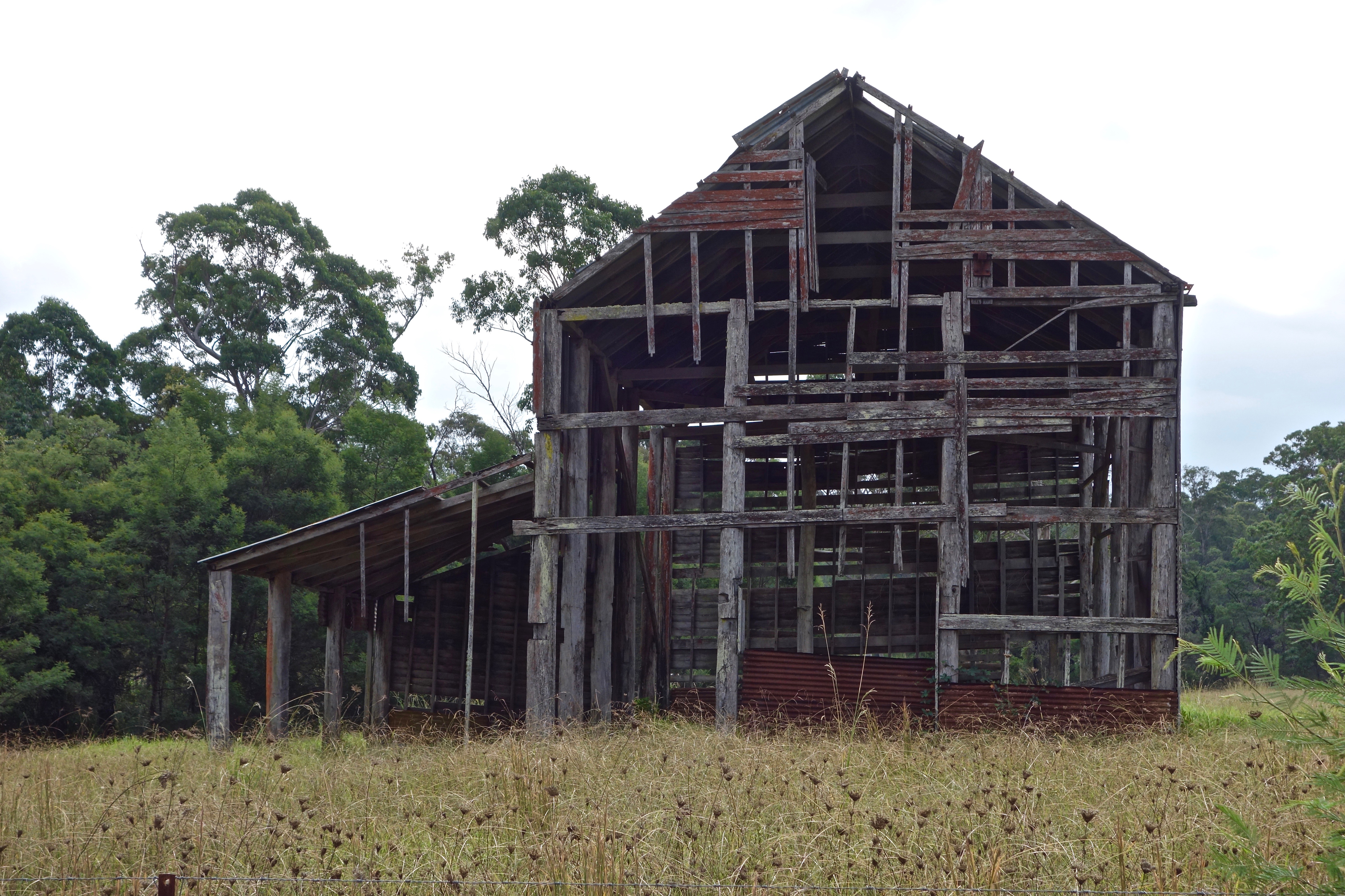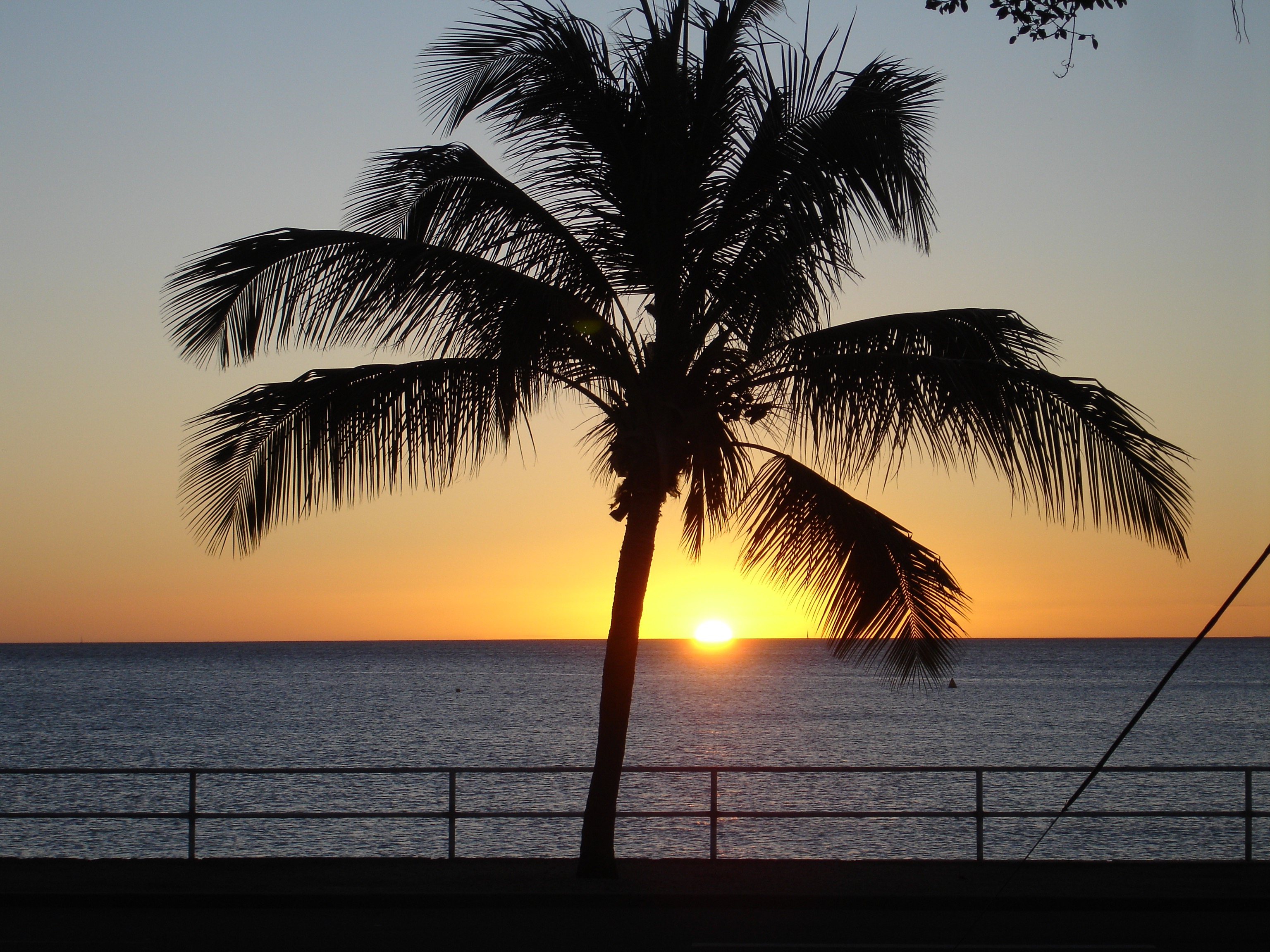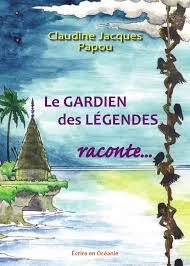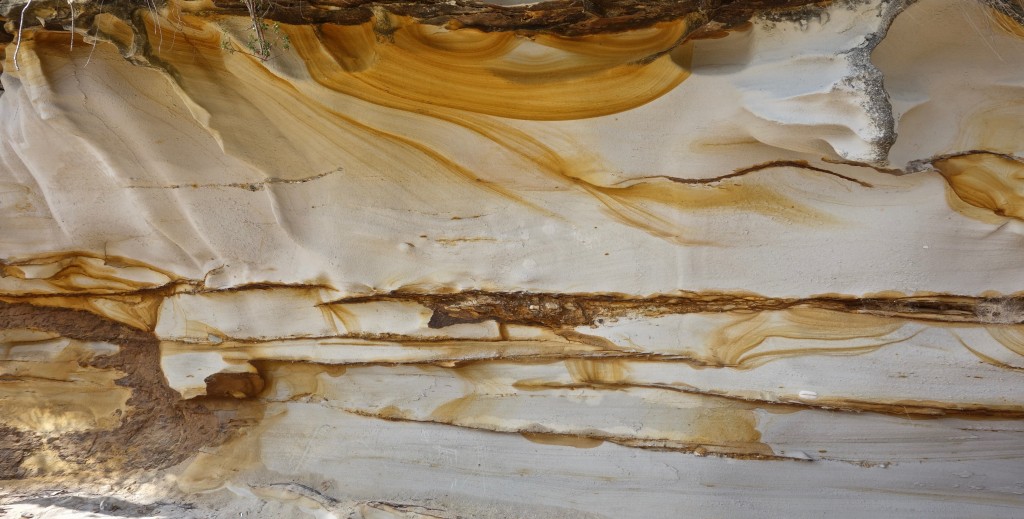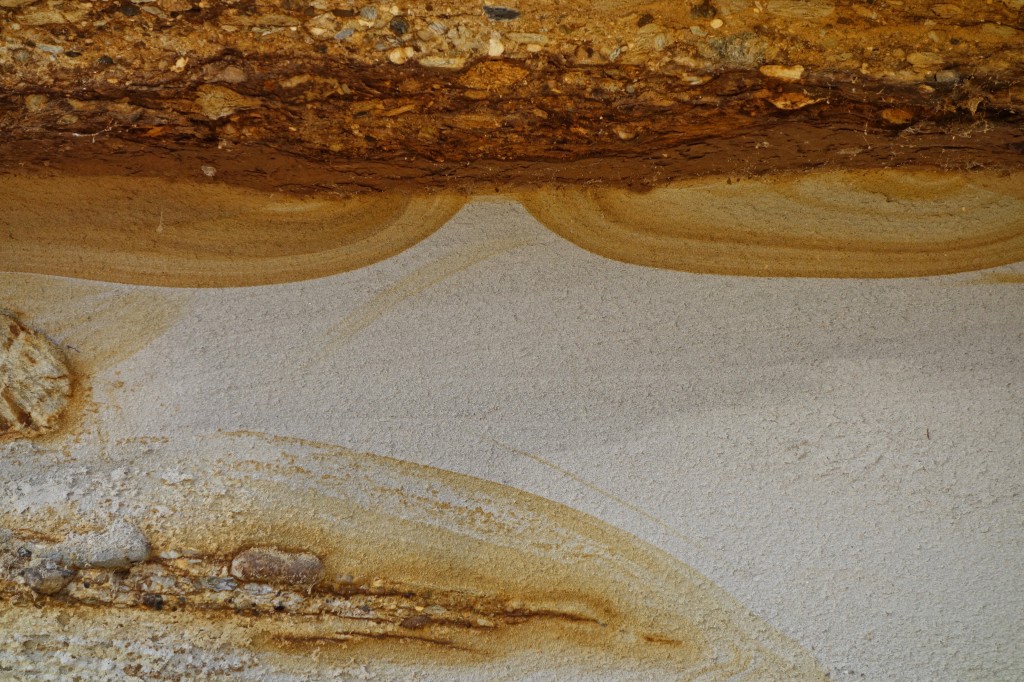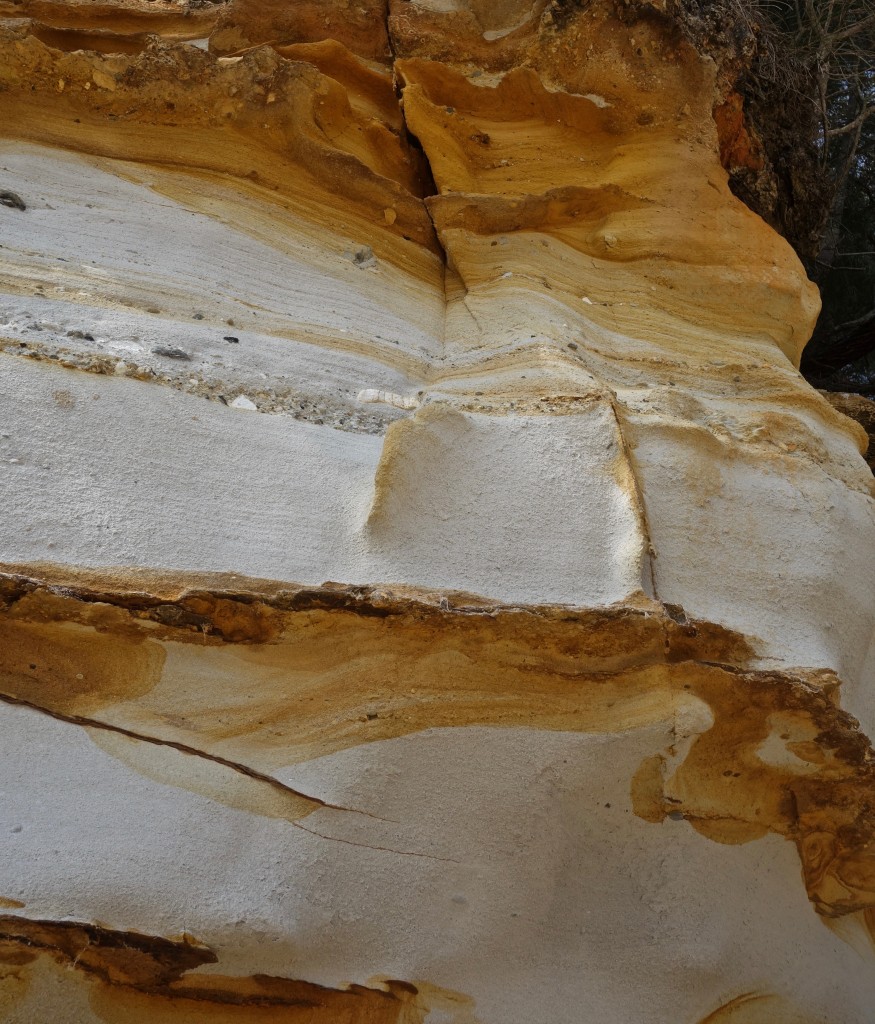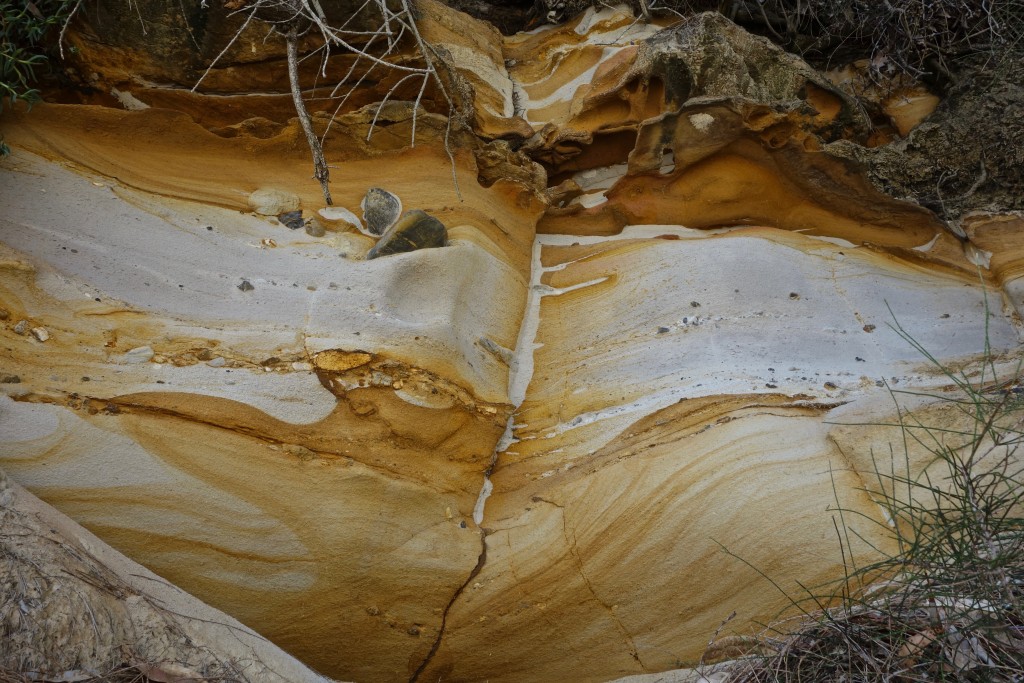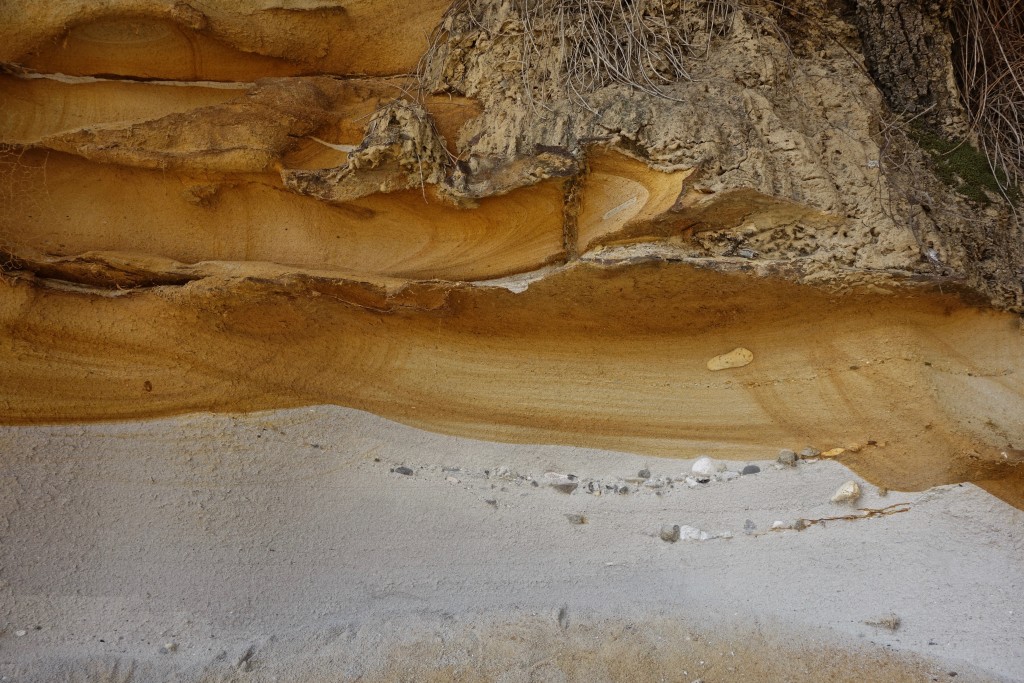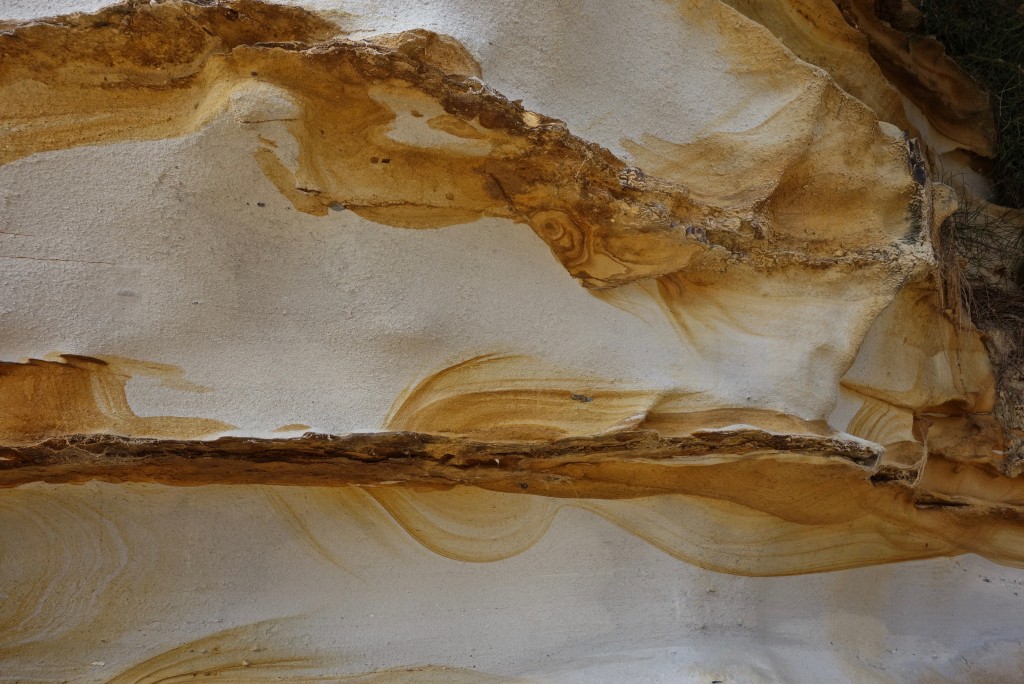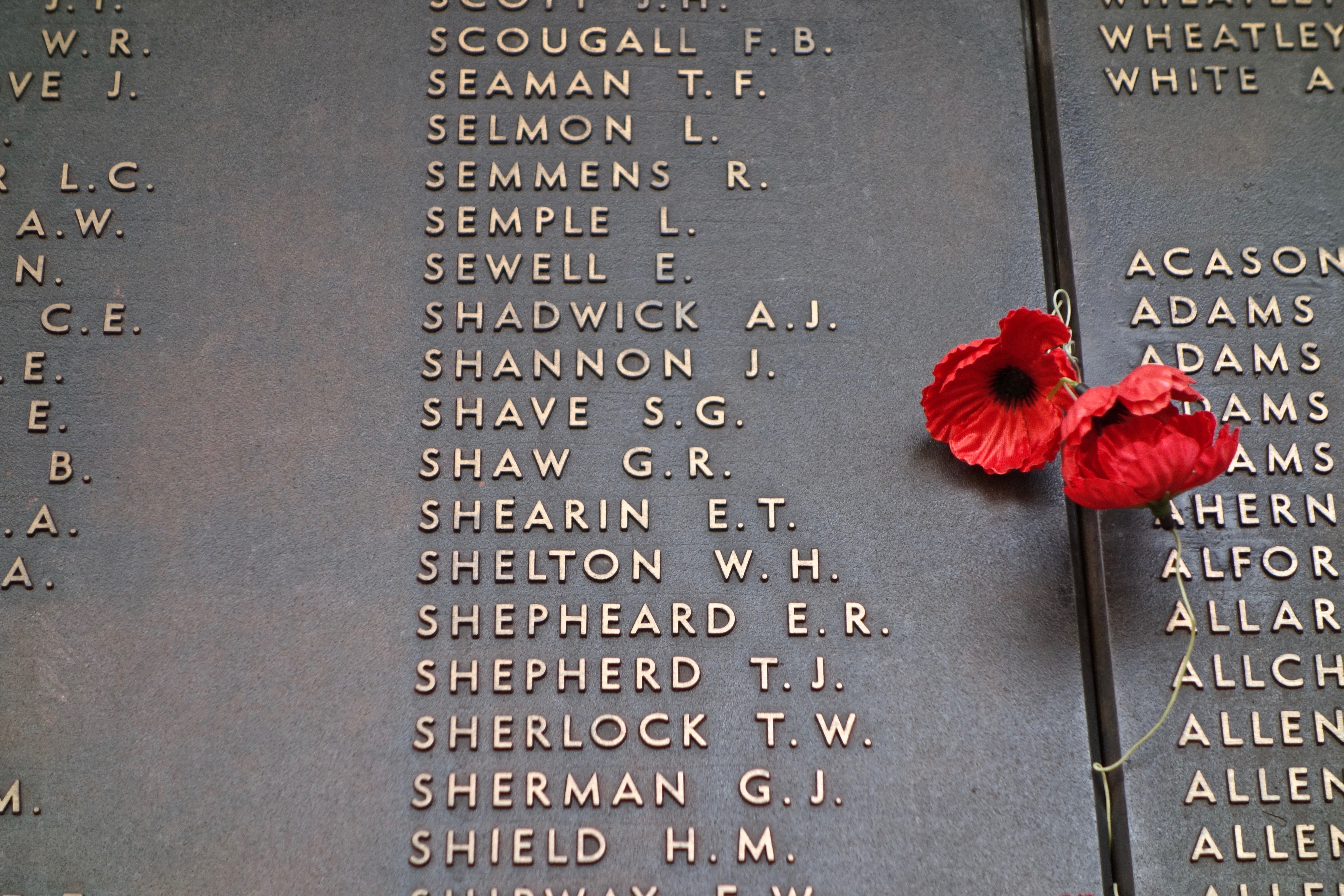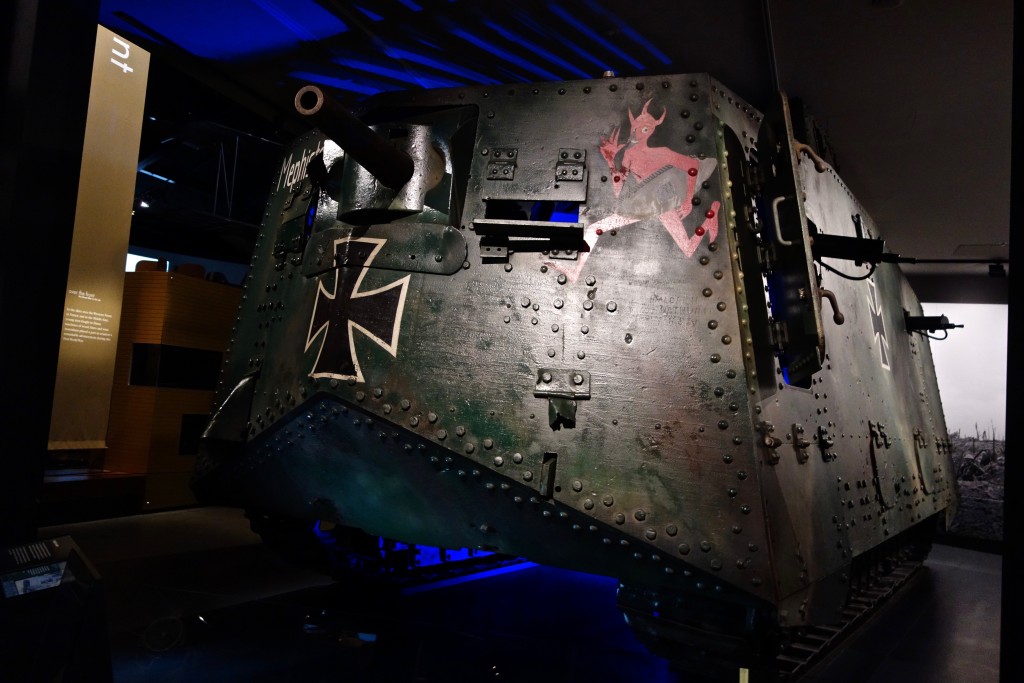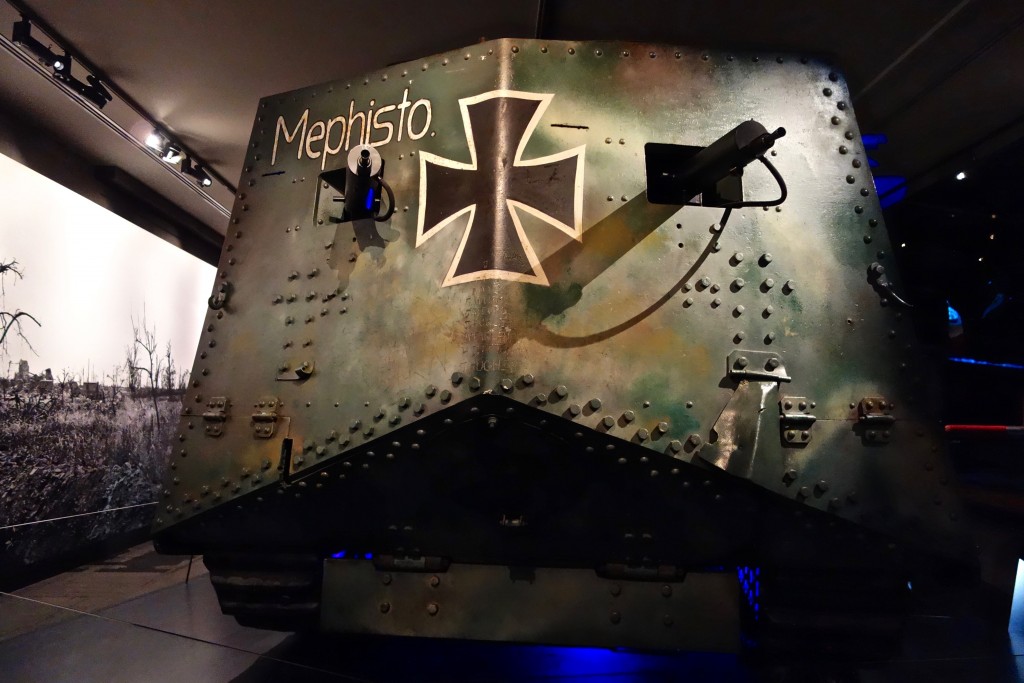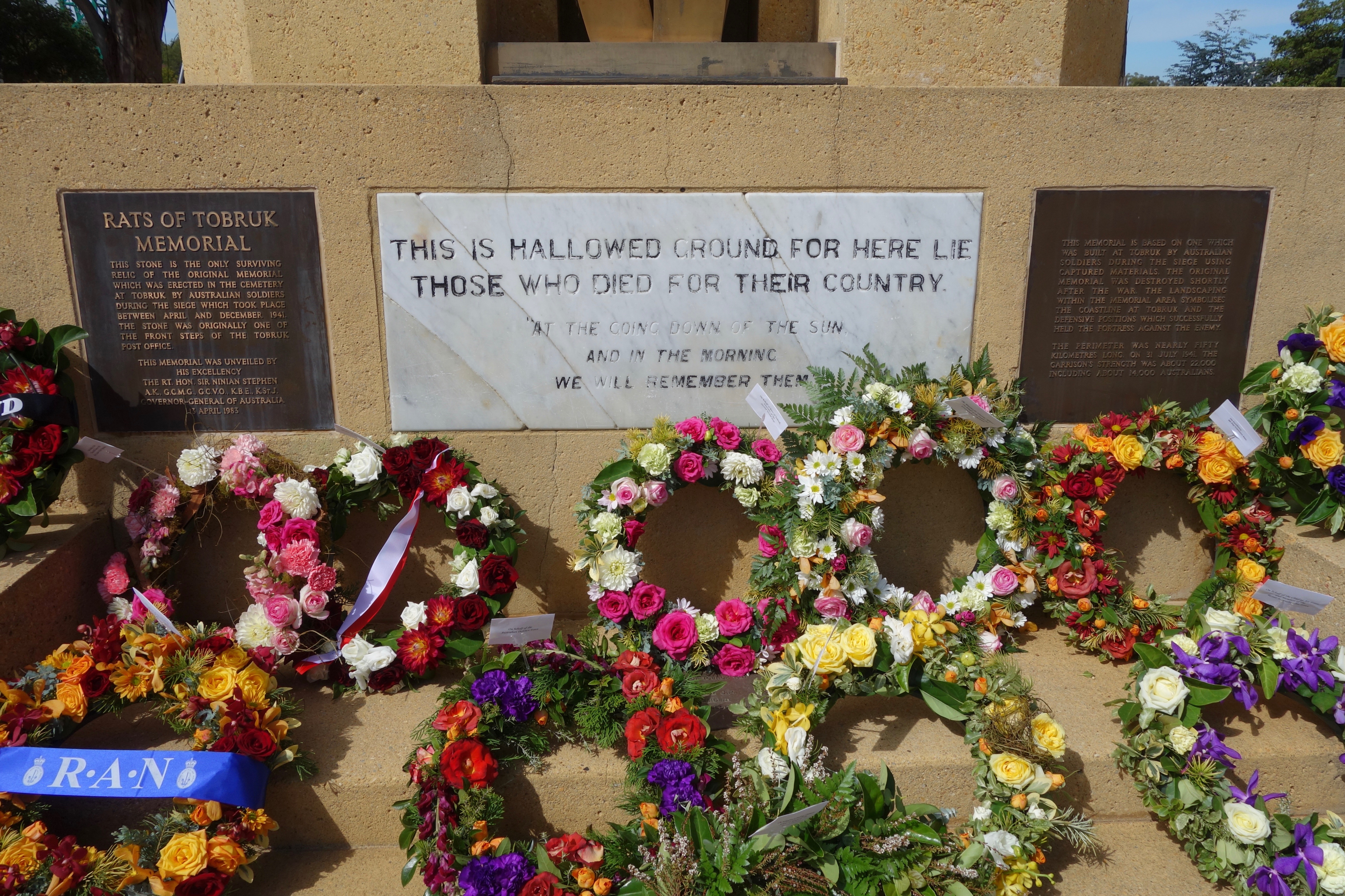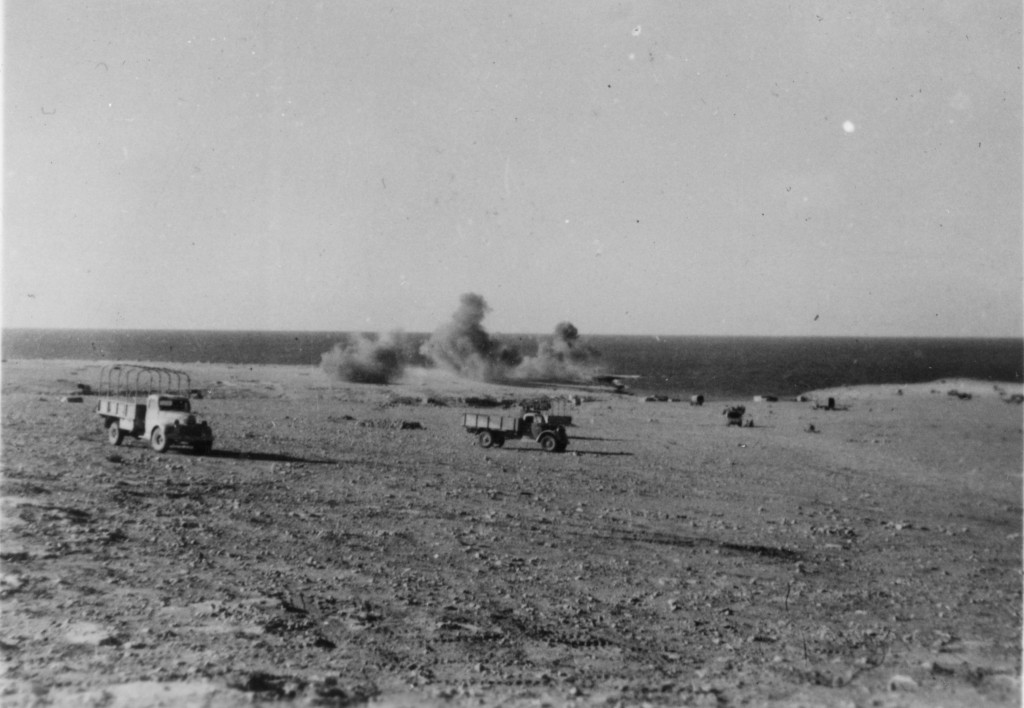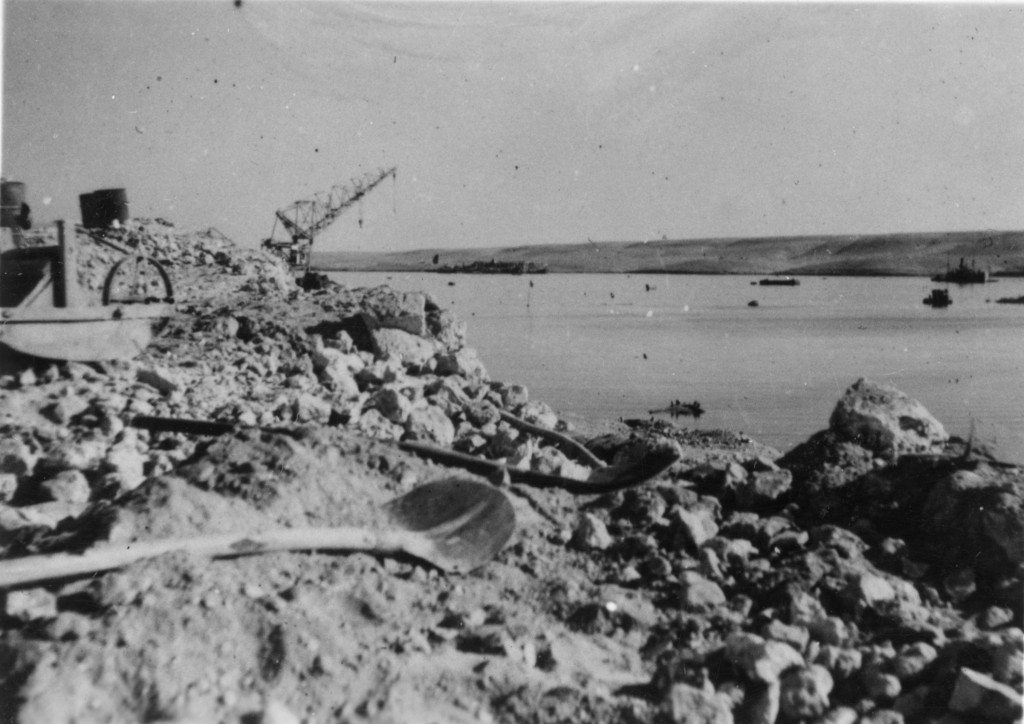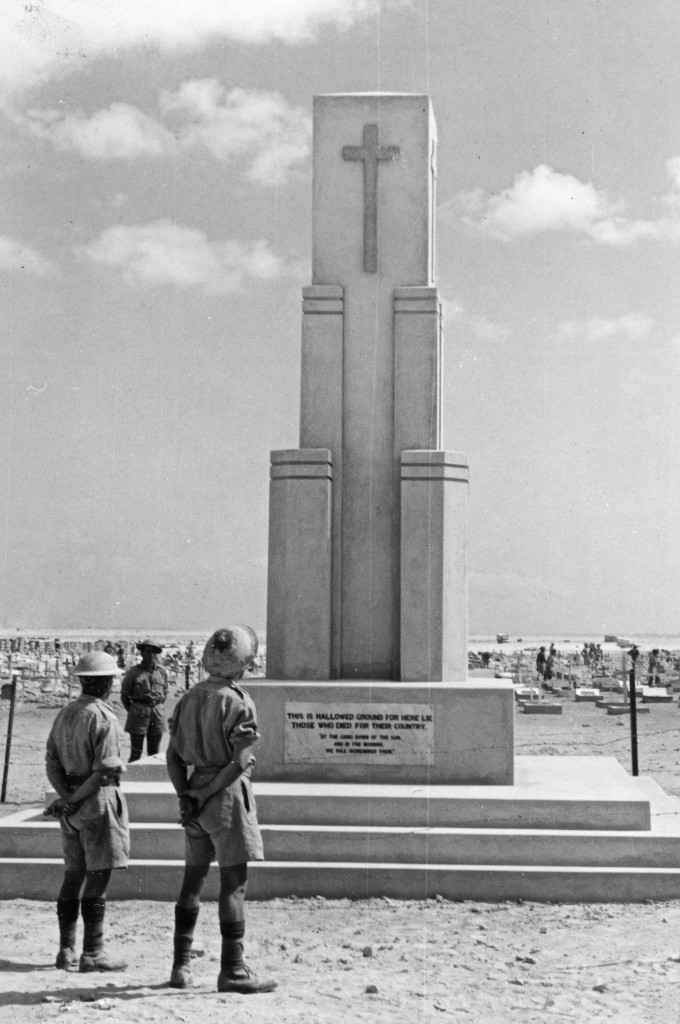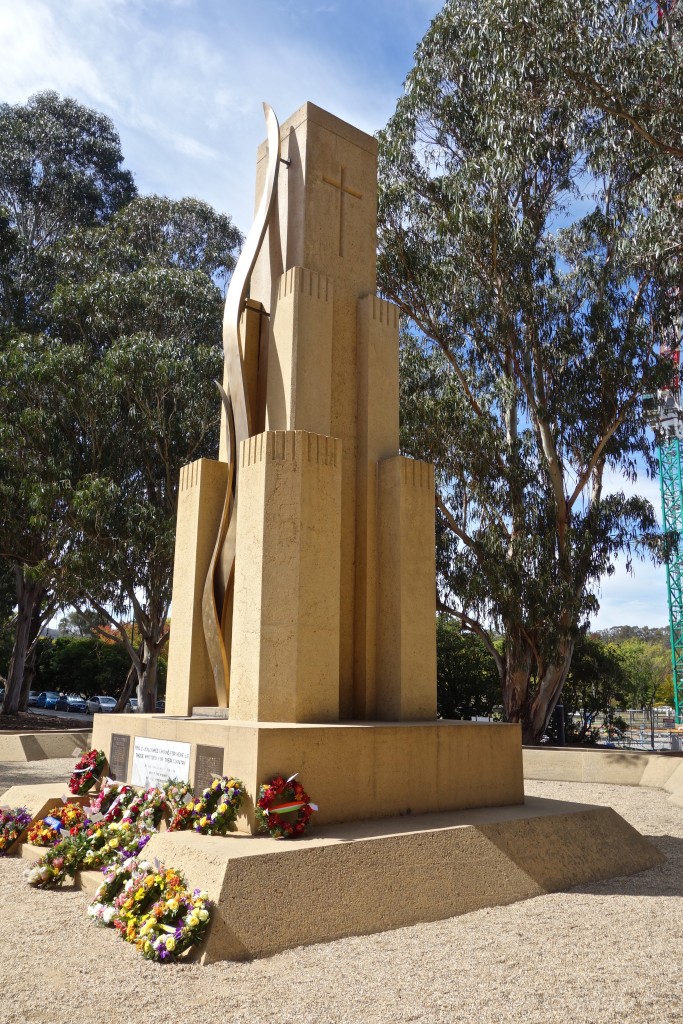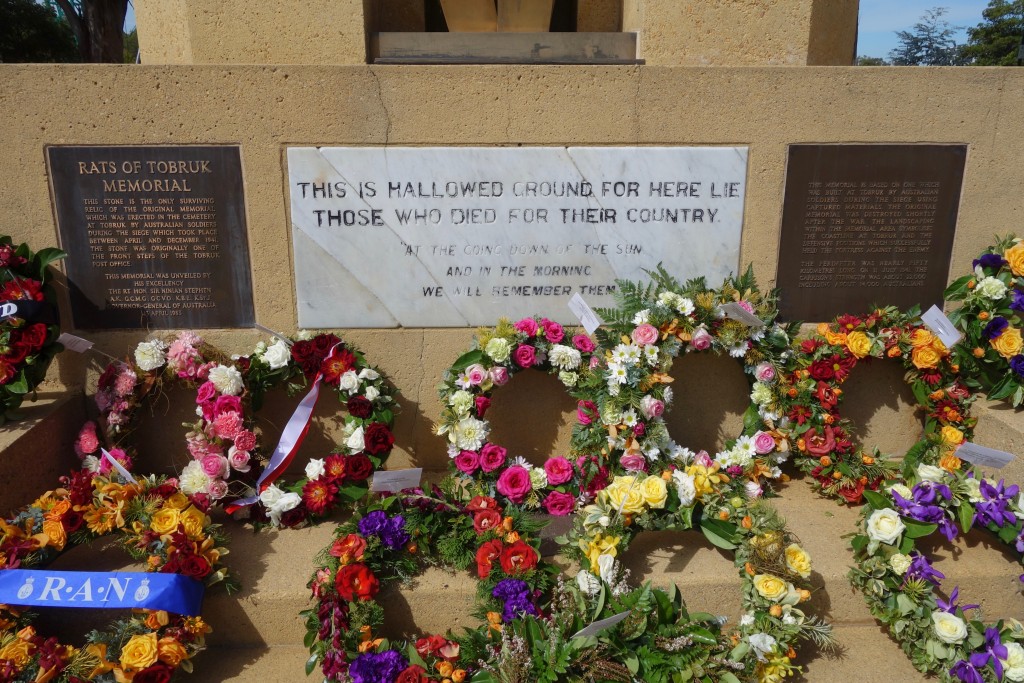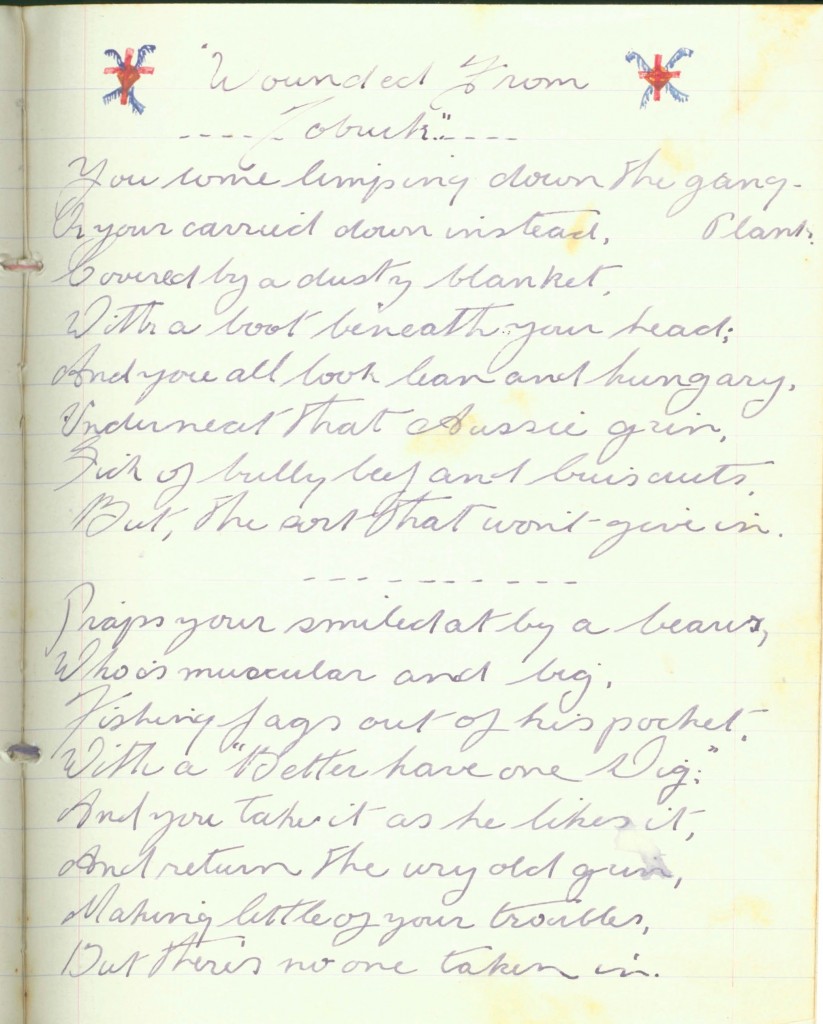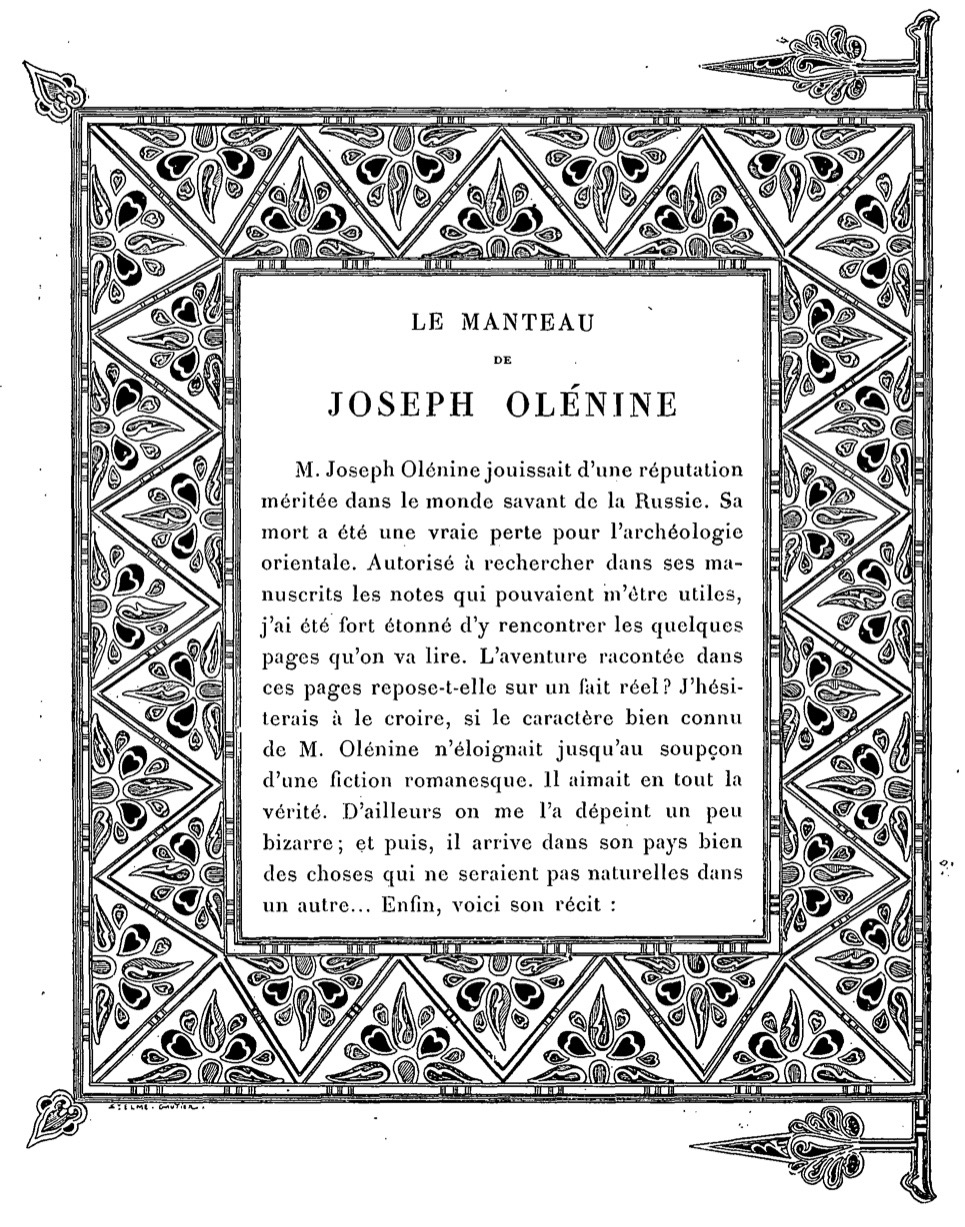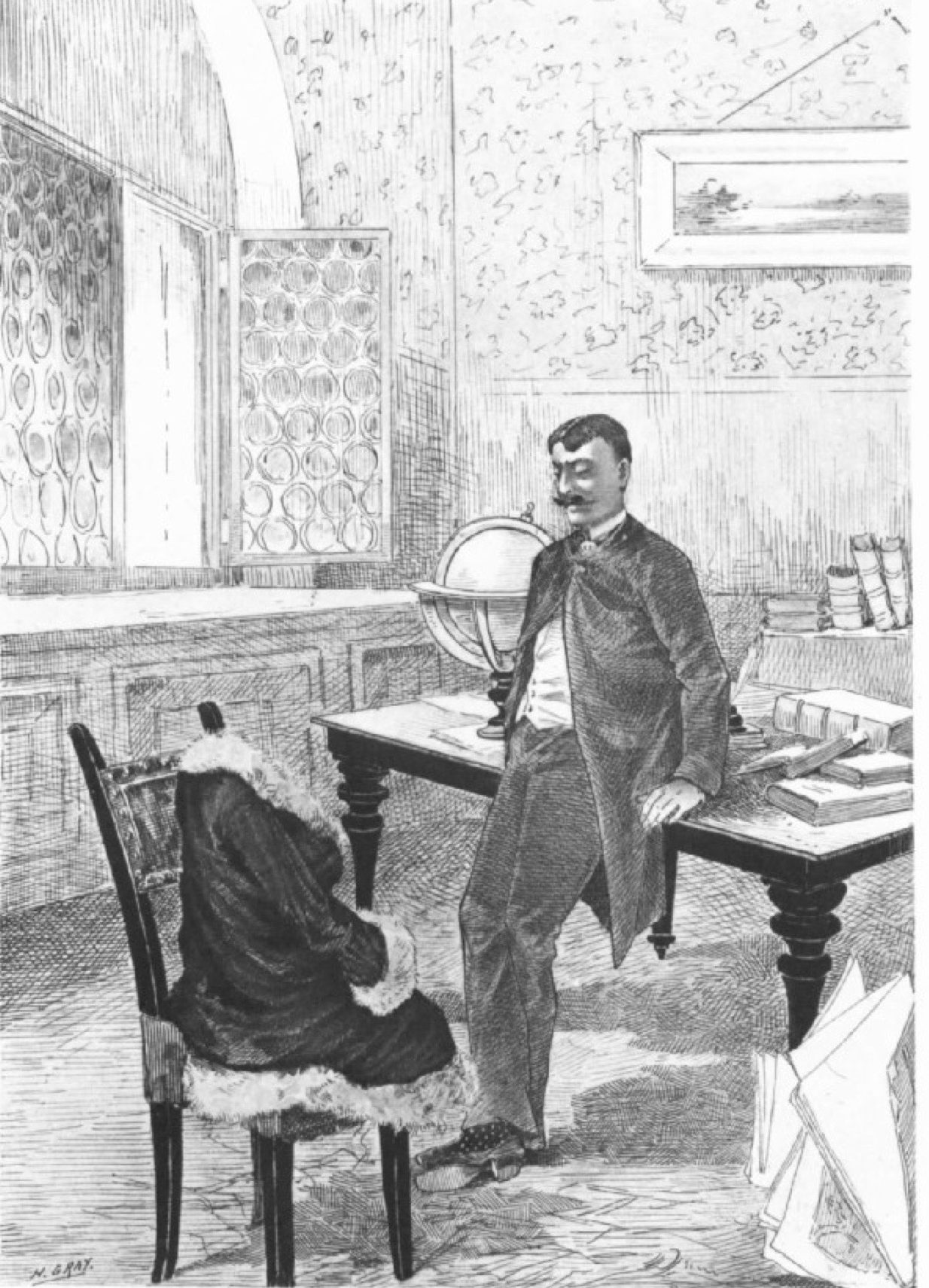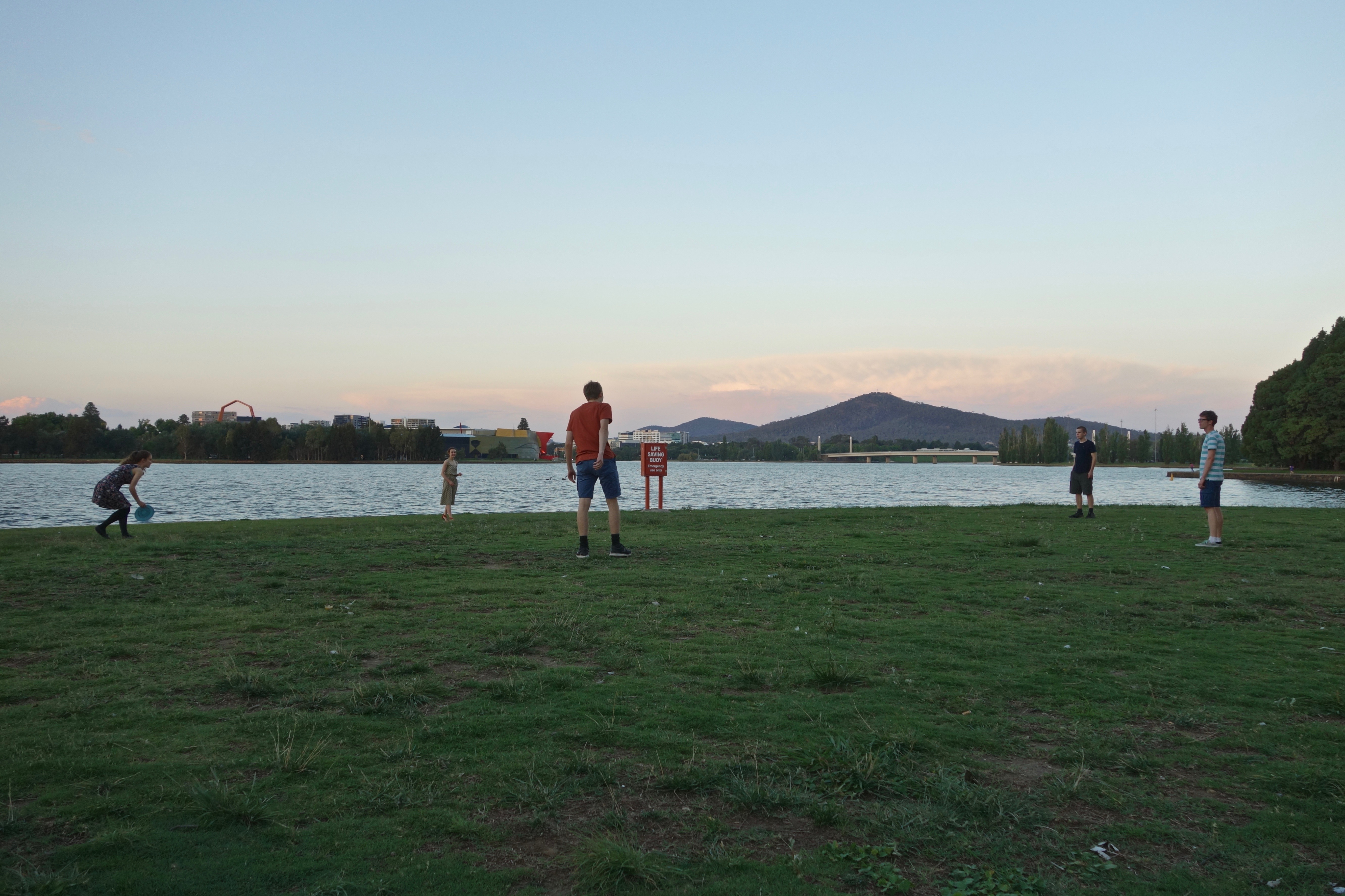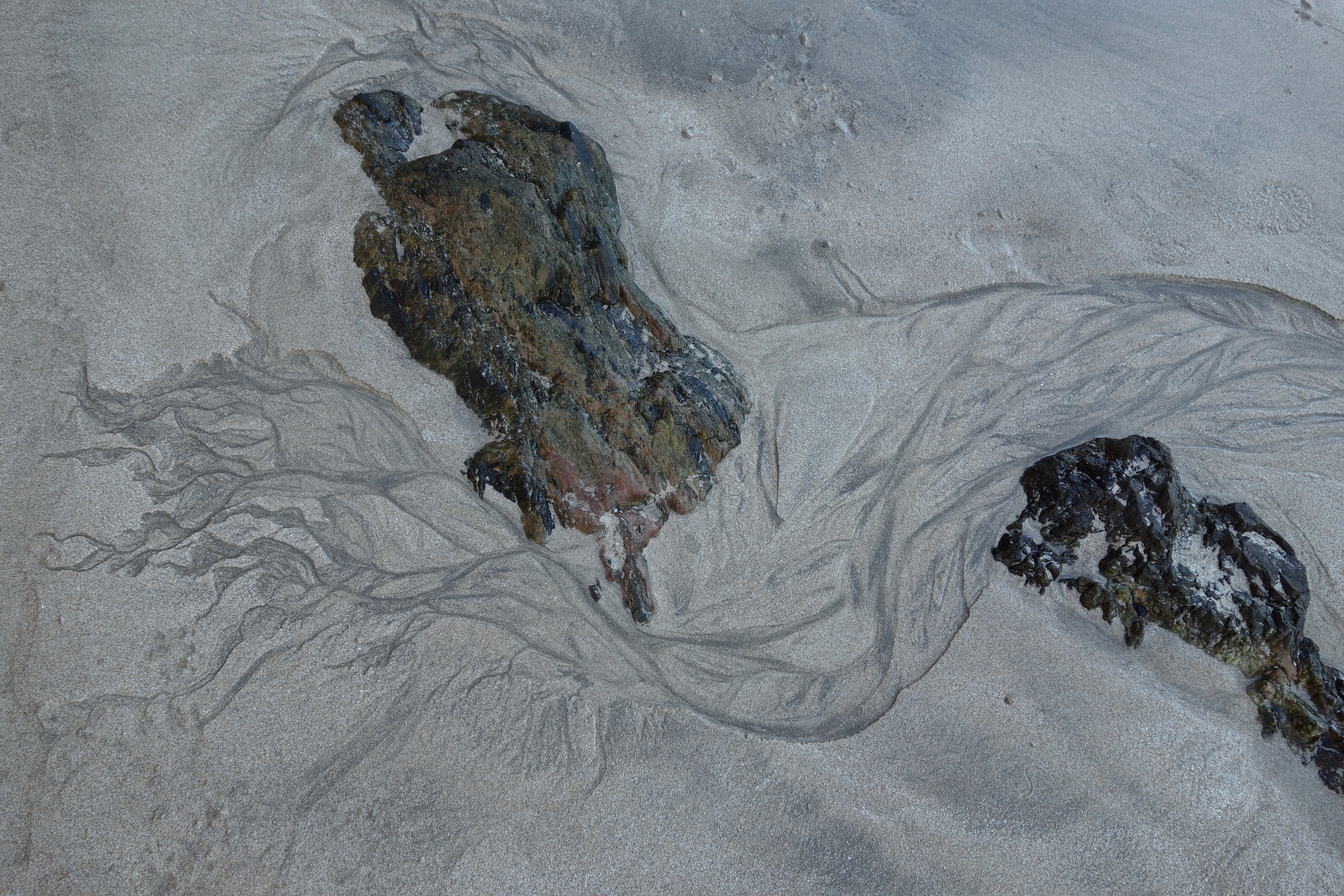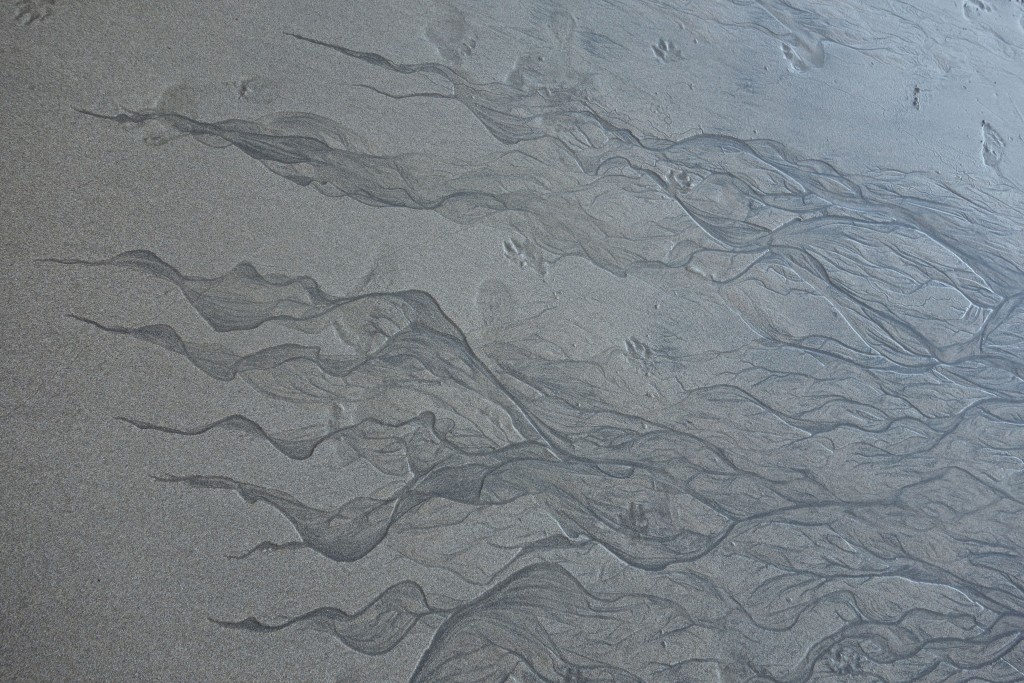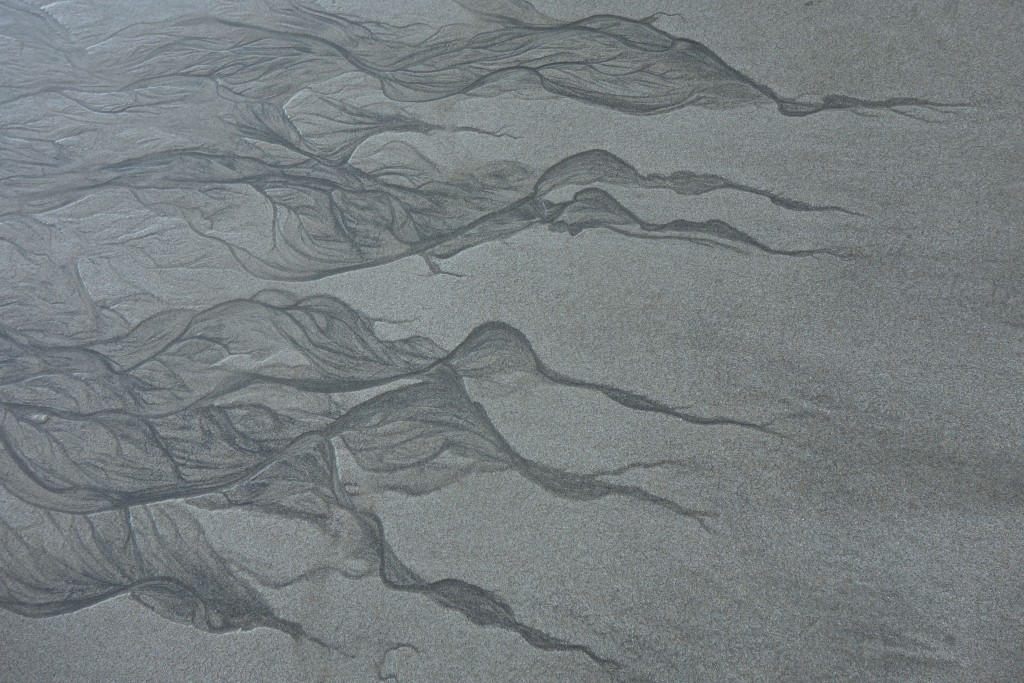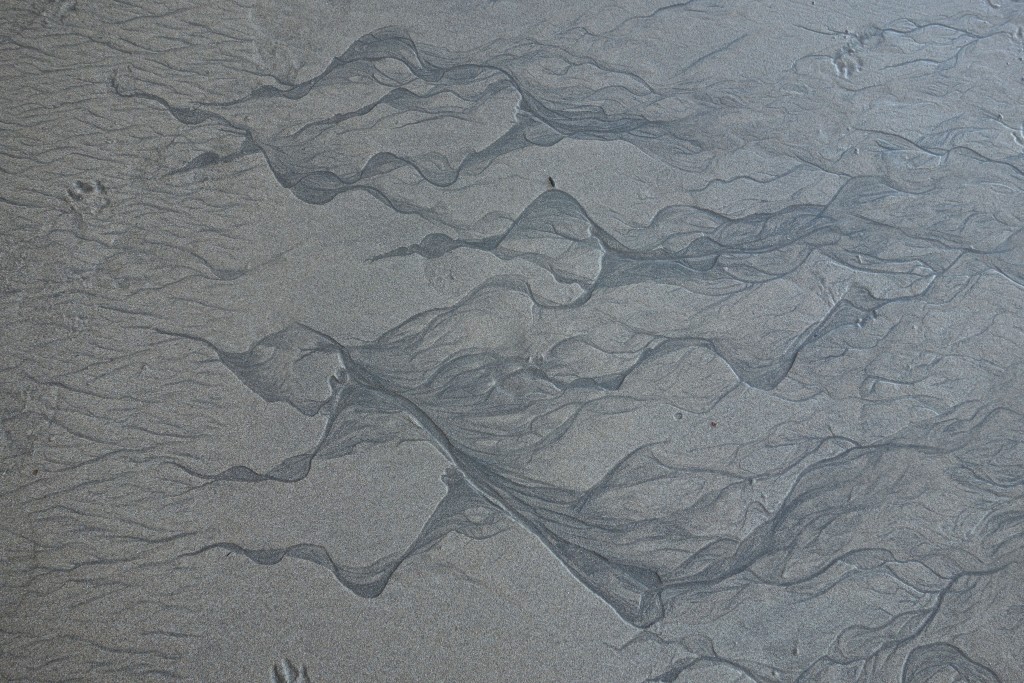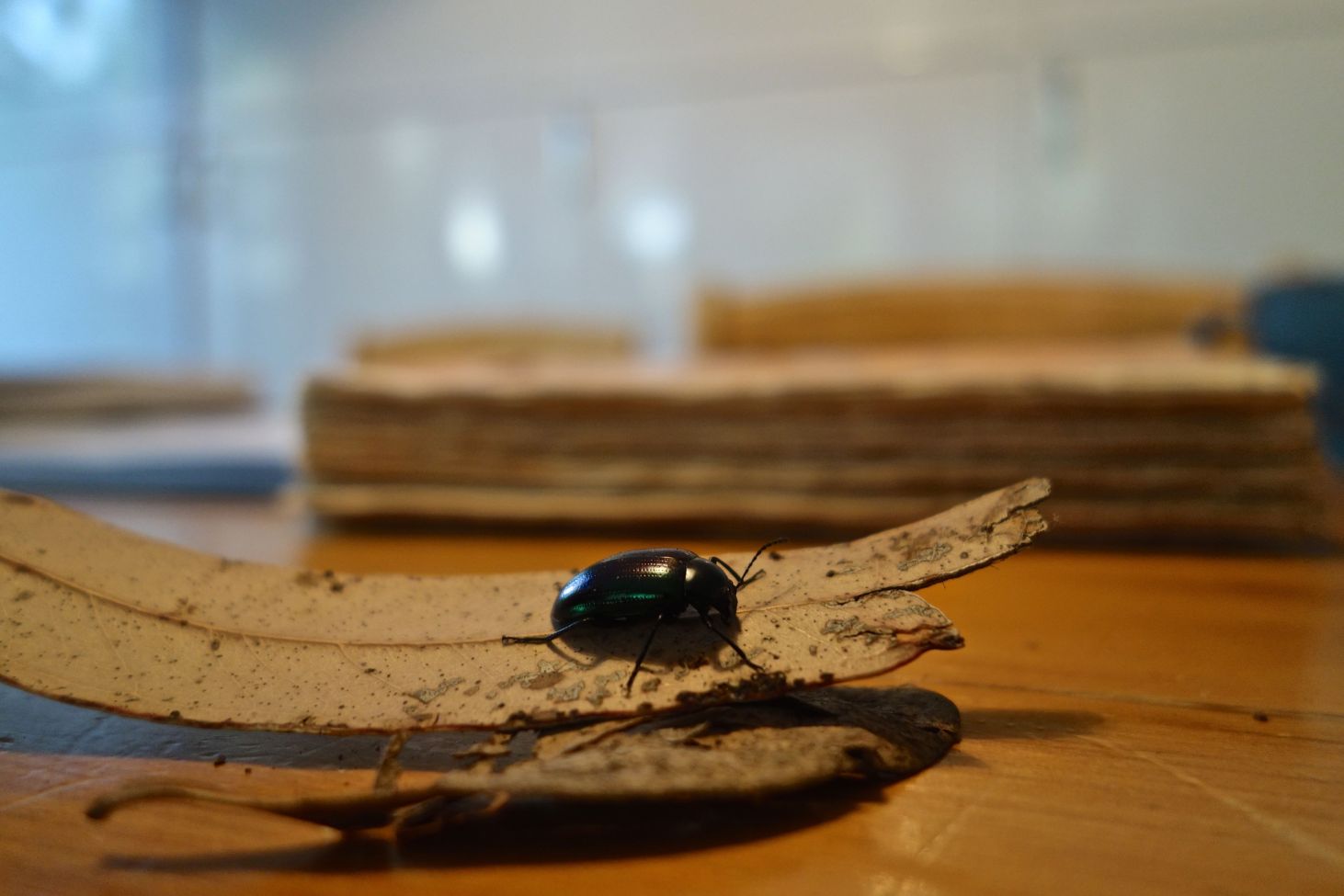A few years ago, some friends of ours let us stay in their beach house at South Durras on the south coast of New South Wales. We headed up along the Princes Highway looking for Durras Drive, and as we turned the corner, there was this remnant of a barn. We’ve passed it many times since then, and each time I’ve had an internal debate about its appeal. Why do I look at it for as long as I can, until the car has gone too far? Is it beauty I’m seeing? My gut reaction is yes, but I can’t explain why. A few weeks ago I decided to snap a few photos and go home and think about it.
We pulled off to the side of the road where the bare tyre-marked patch made it clear that numbers of cars had done exactly the same over the years. What is it about the old barn that makes drivers suddenly stop on their way to South Durras beach, and gaze in awe at a structure that has lost its original potential?
Looking at the images today, I can see that the beauty in the ruin is the remains of its frame, the grey of its weathered wood, the rust on the old sheets of corrugated iron. And its size, impressive and significant, suggests strength and persistence, a refusal to lie down and die; it’s a paradox, its life is ending yet it’s not.

There’s not a lot that the barn could be used for now. Perhaps it would keep light rain off our heads, perhaps it casts a large shadow where cattle and horses can retreat from the heat. But thanks to its slow deterioration, the ruin gives travellers who turn the corner off the highway for the first time, as we did, this brilliant wow moment when they gaze on the spare interior and crumbling exterior. Thanks Daily Post for the prompt.
*****

